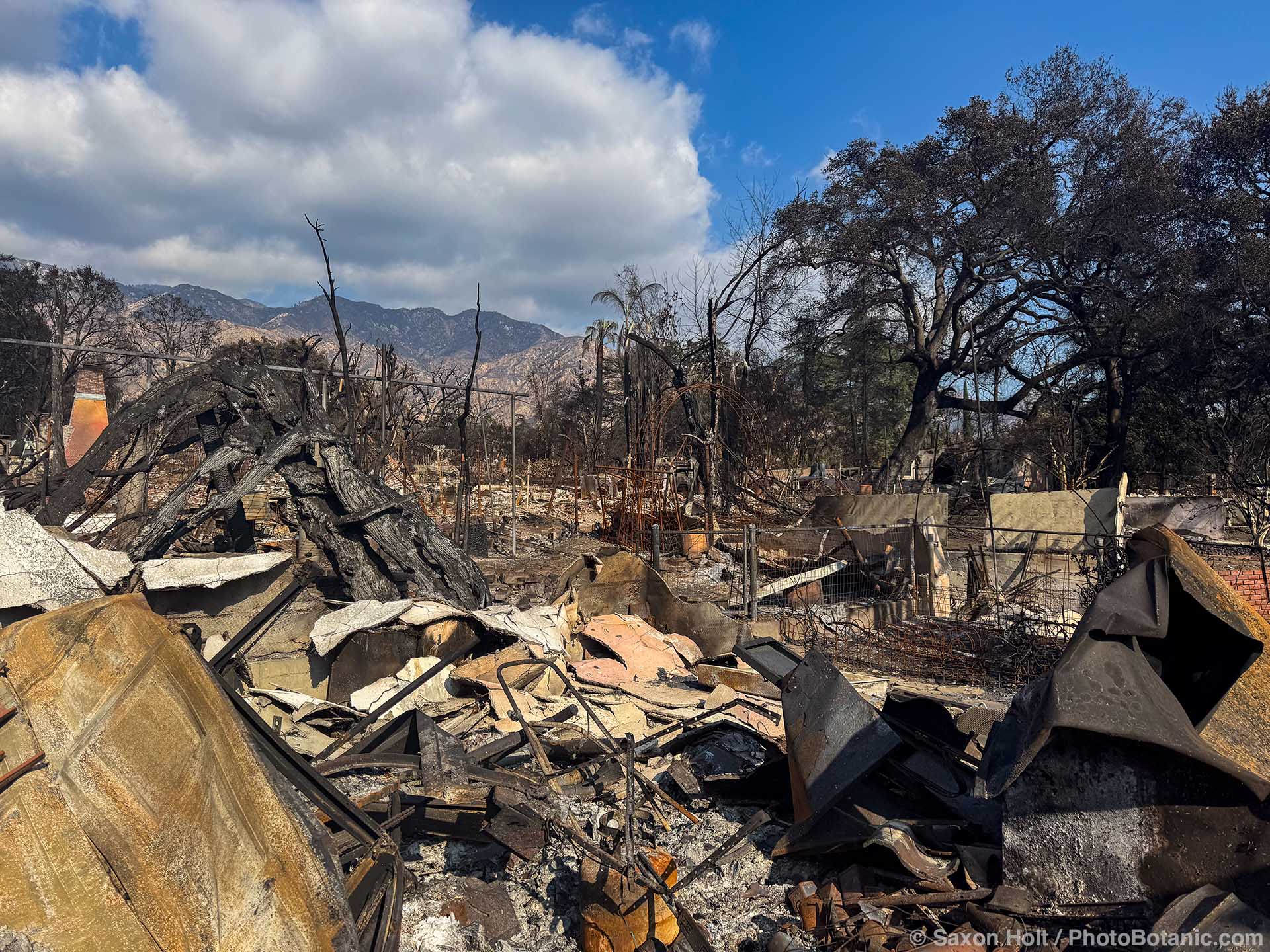April Showers Bring May Flowers — Or Do They?
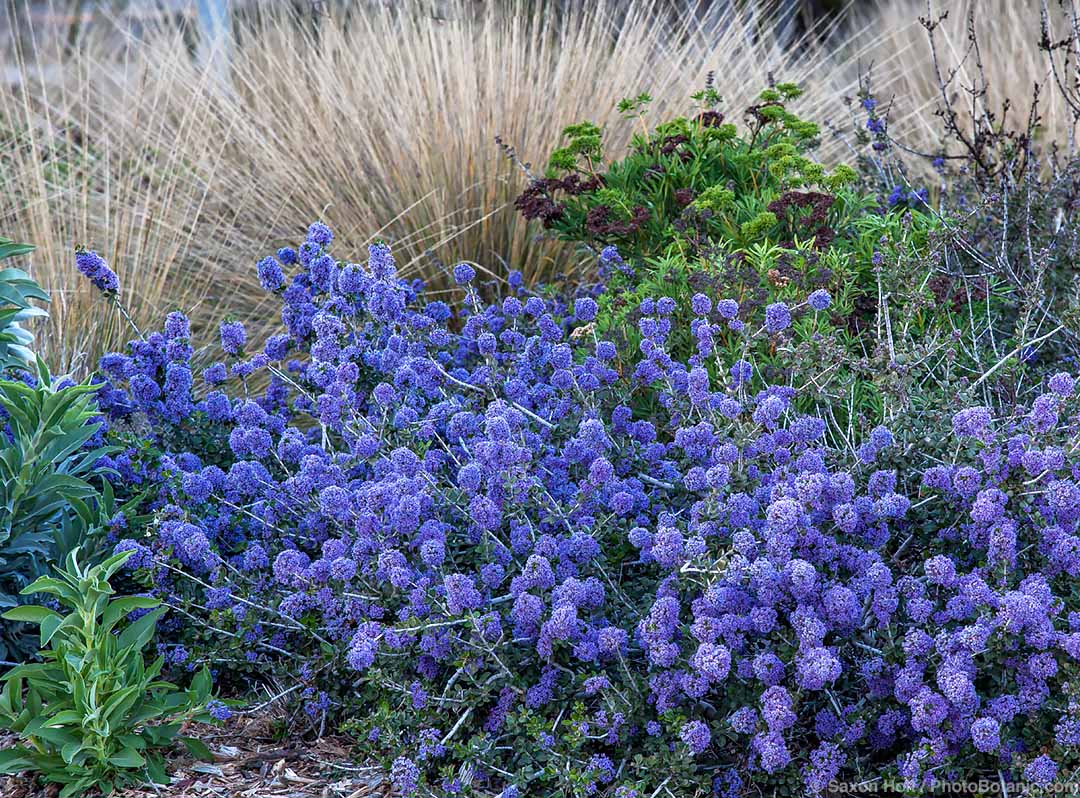
Share This!
If it seems that some of your trees or shrubs are leafing out or flowering early these days, it may be so. One of the most commonly observed effects of global warming is early onset of these usually reliable signs of approaching spring.
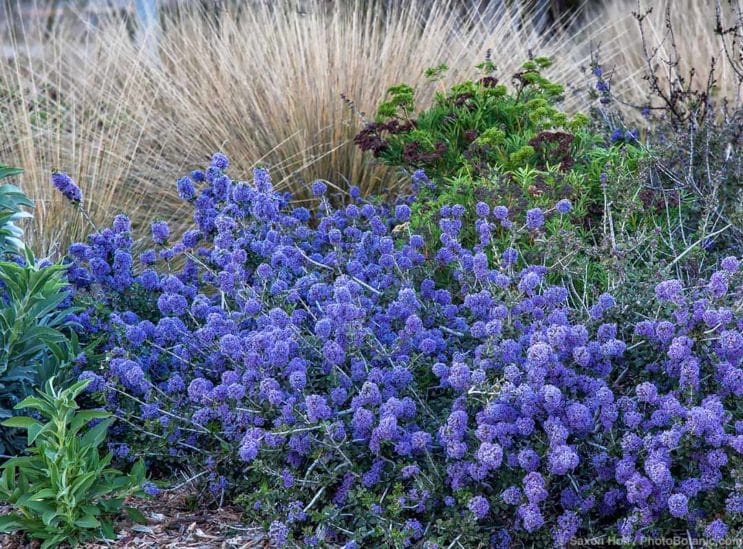
Ceanothus maritimus ‘Valley Violet’ usually blooms in early spring. The species is native to coastal bluffs of San Luis Obispo County, California.
We know that global warming is not just something that will happen in the future. It’s happening now, has been for decades, and the speed of change is accelerating. According to the National Oceanic and Atmospheric Administration, the average annual temperature of the planet increased by .14 degrees F. per decade between 1880 and 2020 and .32 degrees F. per decade since 1981. The warmest years have occurred since 2005.
But don’t go out and buy those tropical plants just yet. A rising average annual global temperature doesn’t mean that temperatures are rising in your backyard. Nor does it mean that in your garden each year will be warmer than the one before. Increasing greenhouse gas emissions are not the only source of climate change, and warming temperatures are not the only reason for advancing signs of spring.
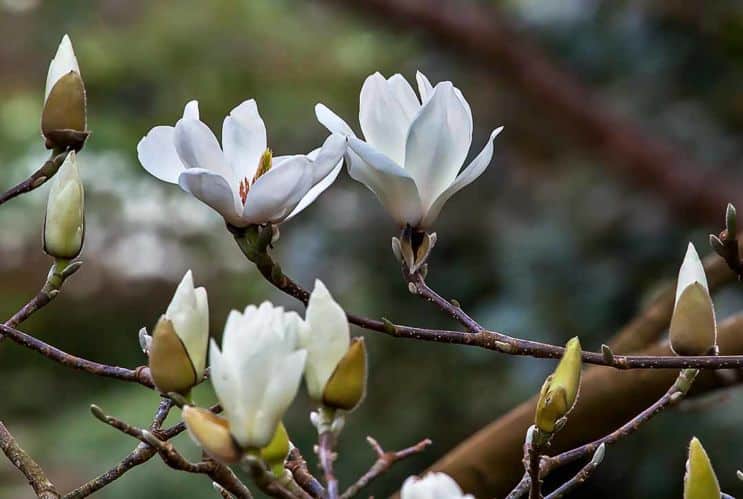
Magnolia denudata, native to eastern and southern China, flowers in late winter or early spring. Buds can be damaged by late frosts.
It’s clear to all of us that climate varies with latitude, elevation, and distance from the coast. Less obvious are the reasons for the variability that occurs from one year, decade, or series of decades to the next. Scientists spend lifetimes studying atmospheric and oceanic circulation patterns, yet we still have much to learn about natural variations in the global climate system.
Not only do weather and climate vary across space and over time. Plants also vary in their physiological and behavioral responses to almost every kind of change.
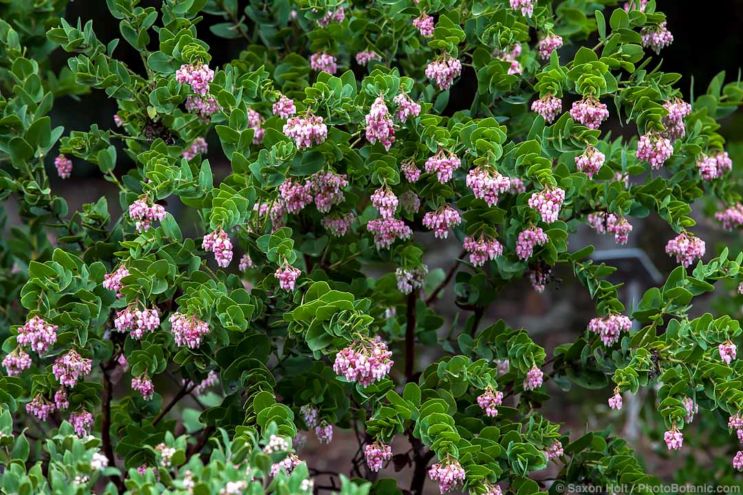
Arctostaphylos refugioensis, native to coastal Santa Barbara County, California, blooms in winter.
Some plants leaf out or flower when temperatures rise in late winter or early spring. Others respond primarily to lengthening days or to a particular combination of rising temperatures and longer days. Still others throw chilling requirements into the mix, responding to warmer and/or longer days only if winter temperatures have been low enough for a long enough period of time. Many desert plants, especially annuals but also shrubs and trees, respond less to day length and temperature than to rainfall.
Complicating the picture, plants of the same species in different locations may vary in their responses to almost any combination of temperature, photoperiod, and chilling requirements. Your tree or shrub may leaf out or flower earlier or later than a plant of the same species across town.
So what is the conscientious gardener to do? Is it too early to fertilize, too late to cut back? The best advice is to do what gardeners have always done. Take your cues from your garden –the weather, the plants, the look, feel, and scent of the soil. Stay flexible in your schedule for planting, weeding, pruning, and feeding.
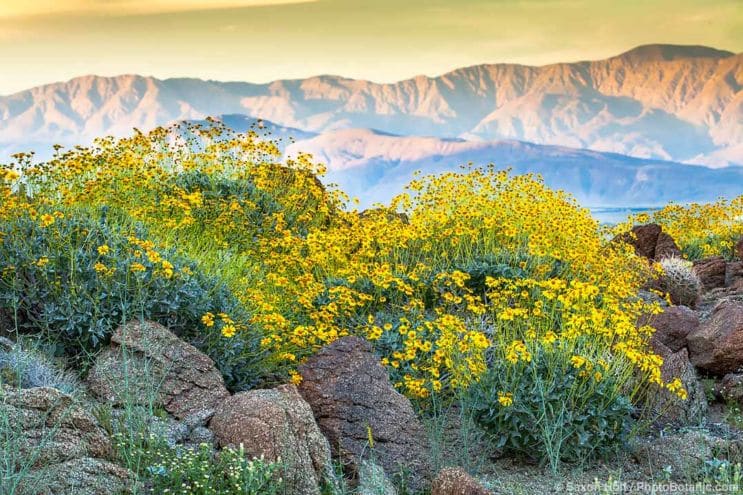
Leaves and flowers of drought-deciduous Encelia farinosa appear when sufficient water is available.
Among the changes that may or may not affect our gardening now and in the future are faster growth, earlier flowering, and greater water use efficiency of some plants as levels of atmospheric carbon dioxide continue to rise.
Other predictions for global climate change include warmer, wetter winters; more rain and less snow; hotter, drier summers; more extreme weather events; longer growing seasons; lower relative humidity; increased evaporation; decreased soil moisture; and more rapid decomposition of organic matter. The last will bring changes in nutrient availability, especially nitrogen, into the equation. Effects on soil microorganisms, including the all-important mycorrhizae, are expected but as yet not fully known.
We’ll consider some of these phenomena in future posts. Meanwhile, let us know what’s happening in your garden. We’ll let you know what’s happening in ours.
Share This!
Related Articles
By: Saxon Holt
By: Nora Harlow
By: Nora Harlow



